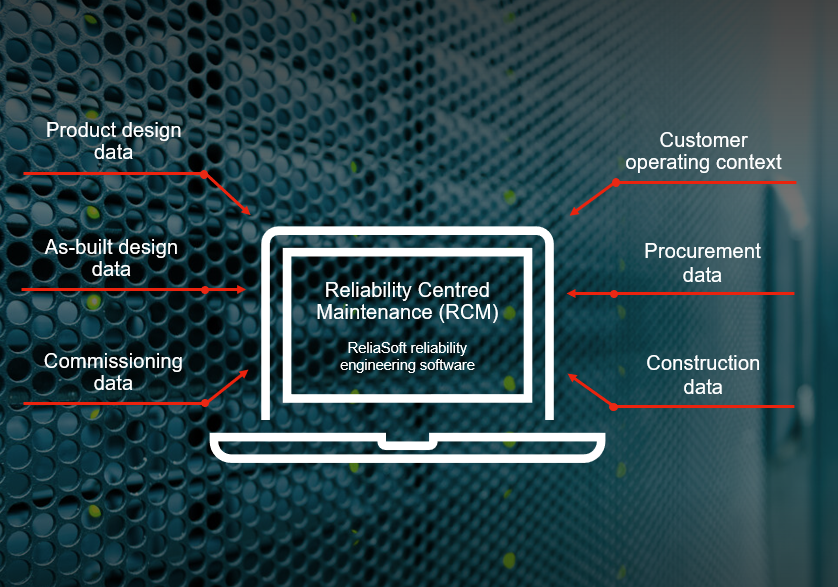Process overview
Dry Tailings Plant product consist of thickening, filtering and dry material handling processes. A Thickener Plant will dewater the tailings from very low solids density to medium and high density. As an example from 5 % w/w solids up to around 65 to 70 % w/w solids for an iron ore tailings. The Thickened Tailings slurry is then pumped to Filter Plant in which thickened tailings slurry is further dewatered into filter cake with pressure filtration. Average moisture for filtered tailings is approx. 10 to 20%. Filtered Tailings is discharged from the pressure filters and conveyed to the Tailings Storage Facility area by overland conveyors. Final distribution of tailings at TSF area is done by stacking conveyor system, which typically consist of movable transport conveyors and mobile stacker.
Dry tailings testing capabilities
In order to expand the supply of processes and services to generally liable methods of storing tailings stacks, there is a need to understand the material. This knowledge is essential for optimizing the process of compaction, controlling the process of the filling work, draining the tailings stack and planning its geometry, and controlling the stability of the tailings stack during its life cycle. The primary benefits are efficient control over the whole volume of the mass and more precise risk control during operation and maintenance. This is especially noticeable when it comes handling the stability.
Metso can perform comprehensive range of dry tailings testing including thickening, filtration and soil mechanic testing, including full physical, chemical and mineralogical analysis. Our service offering includes everything from a comprehensive tailings management audit at your site, engineering to detailed engineering level, to maintenance services and remote operation capability.
Evaluation of the transport methods
The material handling system should support the requirements of the mine and the concentrators’ requirements for tailings variability, production rates, overburden/gangue/ore logistics and production targets over lifetime. In small to medium-sized mines, it is typical to use dump trucks or the mine fleet, FELs, compactors and earthmovers for tailings transport and placement, especially if they can be integrated into ore and site rock logistics by back-loading. The operational costs related to trucking alternatives are sensitive to fuel costs and global oil prices.
Alternatively, tailings material transport can be carried out using belt conveyors and spreading systems at TSF. Usually, the conveyor systems require a higher up-front investment by the mine owner, but provide significant benefits over the trucking option for large TSFs and for long-distance TSF alternatives. They may also offer a considerably lower TCO over the mine’s lifetime. Metso can provide wide range of truck loading systems, conveyors and mobile stackers. Evaluation and selections criteria for the system solutions depend on capacity, distances, topology, TSF dimensions etc.
Tailings Storage Facility (TSF)
The design of a tailings management solution should always start from the TSF-end of the solution. The TSF design process starts with a comprehensive evaluation and full understanding of the site-environmental settings (geological, geotechnical, hydrological, hydrogeological and hydro-chemical) in order to define the background and extreme conditions to support the design, as well as the impact assessment.












